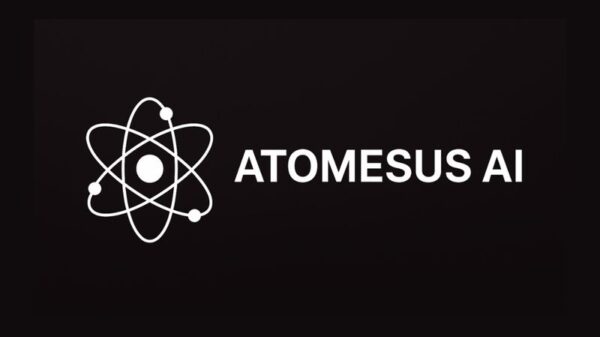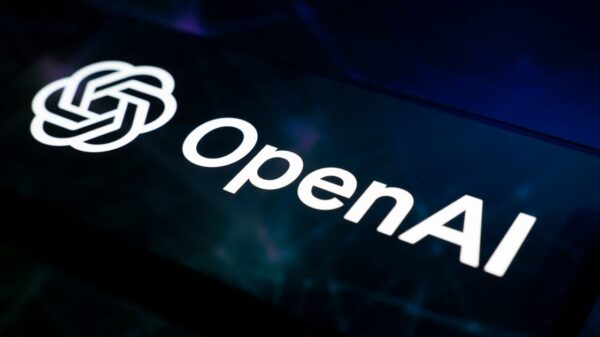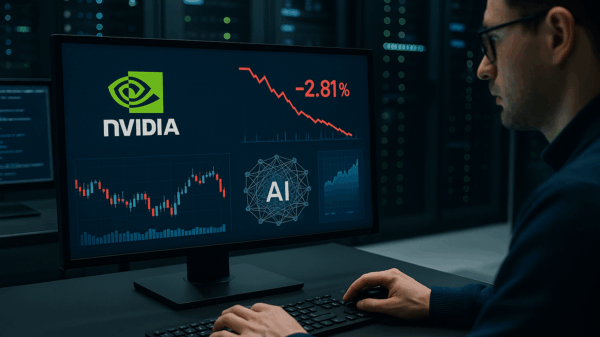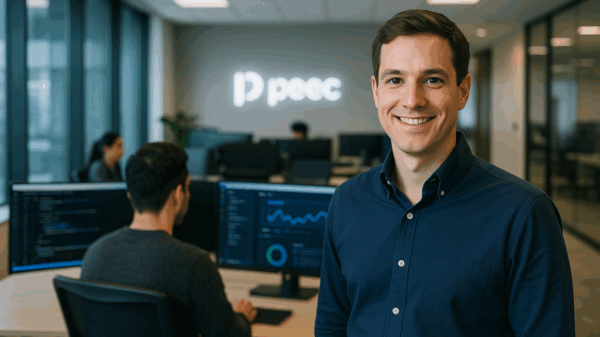At a recent Axios event, Clément Delangue, co-founder and CEO of Hugging Face, raised an important cautionary note regarding the current excitement surrounding large language models (LLMs). He stated that while the hype is mainly about these powerful models, the broader landscape of artificial intelligence (AI) holds significant potential that extends far beyond just LLMs.
Focus Beyond LLMs: The Wider AI Landscape
Delangue pointed out a critical distinction: the overwhelming focus on LLMs has overshadowed the diverse applications of AI technology, which spans domains such as vision, audio, video, and even molecular science. The current investment climate has heavily favored LLMs, leading to the misconception that a single model could solve a myriad of problems. This one-size-fits-all narrative, he argues, could lead to a bubble that bursts under the weight of its own expectations.
He emphasized that substantial investments have been funneled into generative text workloads, while other specialized AI models continue to drive progress in sectors like fraud detection, supply chain forecasting, and protein design. Delangue insists that AI’s potential is not limited to text generation but extends into various domains where traditional machine learning techniques still deliver considerable value.
Shifting Towards Specialized Models
Looking ahead, Delangue predicts a pivot away from monolithic LLMs towards more tailored systems. He envisions a future where compact, specialized models are fine-tuned for specific tasks. For instance, a customer service bot operating within a bank’s infrastructure could perform more efficiently, be cost-effective, and easier to manage compared to a generalized chatbot.
See also EU Delays AI Act Implementation; Industry Lobbying Influences New Proposal
EU Delays AI Act Implementation; Industry Lobbying Influences New ProposalResearch supports this trend; recent studies from Stanford and MLSys indicate that employing compact architectures can reduce inference costs by 50-90% without sacrificing accuracy for specific tasks. Models like Microsoft’s Phi, Meta’s Llama variants, and Mistral’s mixture-of-experts demonstrate that smaller, finely-tuned systems can effectively compete with their larger counterparts on targeted benchmarks.
The economic incentives for adopting these specialized models are compelling. A 70-billion parameter model typically requires multiple high-end GPU devices, while a well-optimized model in the 7-13 billion parameter range can function on a single device or small cluster with low latency, translating to significant cost savings and more predictable performance for businesses.
Potential Implications of an LLM Bubble Burst
Delangue does not foresee a dire threat to the AI sector from a potential pullback in LLM valuations. Instead, he believes it would prompt a necessary rebalancing of capital and attention. The demand for automation and decision support remains strong; research from Gartner estimates that over 80% of organizations will adopt generative AI, while McKinsey anticipates a potential annual impact of AI ranging from $2.6 trillion to $4.4 trillion across various functions.
A market reset could lead to clearer ROI expectations and a shift towards smaller, initial models with a focus on retrieval-based systems over extensive parameter usage. This trend towards on-device AI is already evident in mobile and edge technology developments from companies like Apple and Qualcomm.
Observing Market Dynamics as LLM Excitement Cools
Delangue’s analysis also touches on the financial landscape, revealing that Hugging Face has managed to keep around half of its $400 million funding on its balance sheet, which he describes as “profitability by AI standards.” This highlights a distinction between the capital-intensive training of frontier models and the many entities developing tools and datasets at a fraction of the cost.
As enterprises move beyond experimentation to real-world applications, they will likely favor smaller models and hybrid systems with minimal reliance on high-end APIs. Indicators of a cooling LLM bubble may include slower growth in generalized chatbot usage and a surge in the deployment of specialized models.
Ultimately, Delangue’s insights suggest that while the current excitement around LLMs is palpable, the true value of AI lies in adaptable systems designed for specific applications. For the AI community, the message is clear: as the technology matures, the focus must shift towards embracing a broader range of capabilities instead of fixating solely on LLMs.










































































